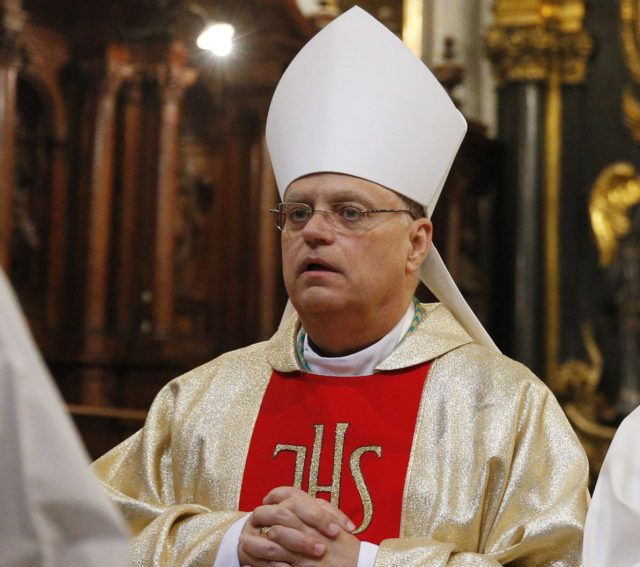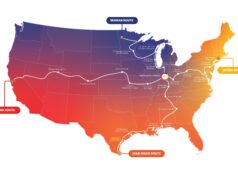
WASHINGTON — Pope Francis has merged the Archdiocese of Anchorage, Alaska, and the Diocese of Juneau, Alaska, and erected the new ecclesiastical jurisdiction of the Archdiocese of Anchorage-Juneau.
He also has appointed Juneau Bishop Andrew E. Bellisario to head the newly configured archdiocese.
Archbishop Christophe Pierre, the Vatican nuncio to the United States, announced the merger and the new appointment May 19 in Washington.
The new archbishop has been serving as apostolic administrator of the Archdiocese of Anchorage since Pope Francis appointed Archbishop Paul D. Etienne as coadjutor of the Seattle Archdiocese in April 2019. On Sept. 3, 2019, Archbishop Etienne automatically became the head of the archdiocese when Seattle Archbishop J. Peter Sartain retired.
Archbishop Bellisario, 63, was named the sixth bishop of Juneau on July 11, 2017. His episcopal ordination and installation was Oct. 10, 2017. The prelate was ordained a Vincentian priest. He entered the Congregation of the Mission in 1975 and was ordained June 16, 1984.
As its website says, the Diocese of Juneau is the smallest diocese in the United States in terms of Catholic population and one of the largest in terms of the territory it covers. It has 10,600 Catholics out of a total population of over 75,000, and covers 35,000 square miles in area in southeast Alaska.
The Archdiocese of Anchorage was established Feb. 9, 1966, by St. Paul VI. The archdiocese’s territories came from the Juneau Diocese. It currently covers 138,985 square miles in south-central Alaska. The estimated Catholic population is 32,170 out of about a total population of 400,000 — which accounts for nearly two-thirds of the population of the entire state of Alaska.






